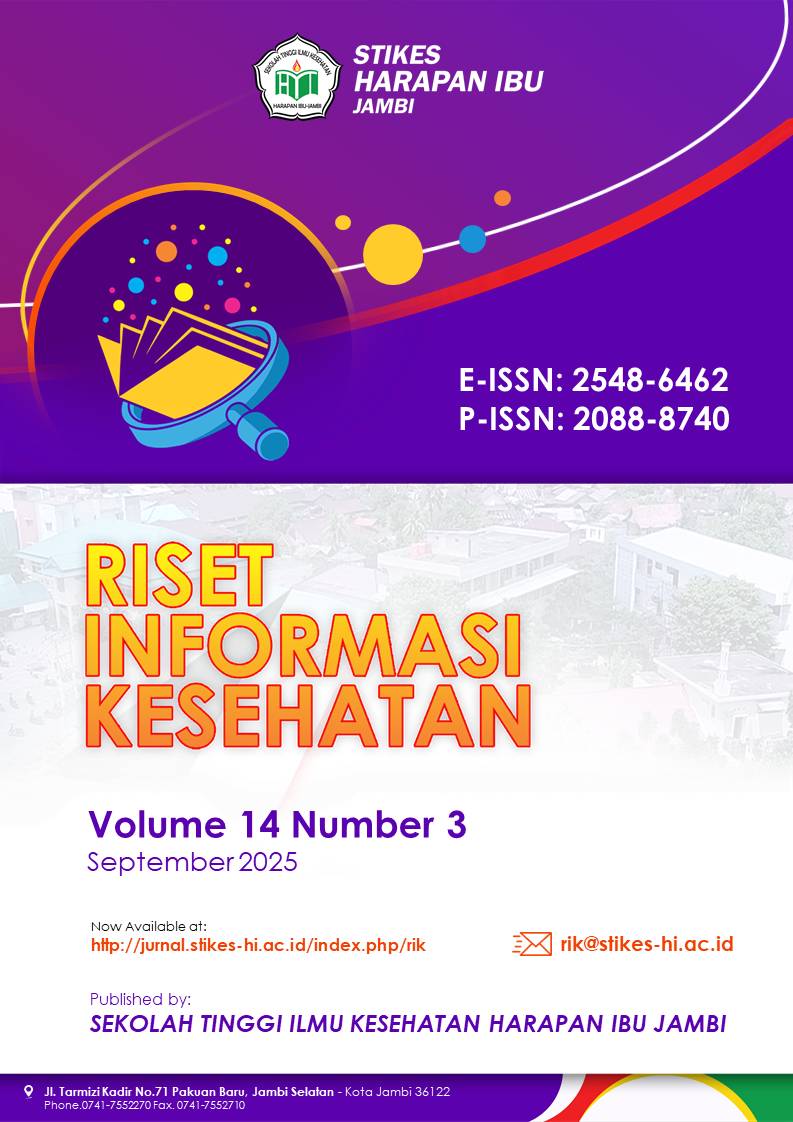Abstract
Background: First aid is a crucial initial step in the event of an accident, serving to minimize the severity of trauma and facilitate subsequent medical treatment. A prompt and appropriate response can significantly influence the survival and recovery outcomes of accident victims. To foster such responsiveness, community involvement and awareness are essential. Community members, as first responders at the scene, play a critical role in administering immediate aid. However, their effectiveness is heavily influenced by their knowledge and attitudes toward first aid. This study aims to assess the level of knowledge and attitudes of the community regarding first aid for traffic accident victims along the Palembang–Jambi route, specifically in the Bayung Lencir area.
Method: This research employed a quantitative approach with a descriptive research design using a cross-sectional method. The study was conducted in Bayung Lencir District, Musi Banyuasin Regency from June 19, 2024, to July 16, 2024. The sample consisted of 408 respondents, selected using a non-probability purposive sampling technique. Data were collected using a structured questionnaire assessing the respondents' knowledge and attitudes toward first aid in traffic accidents.
Results: Out of 408 respondents, the majority had a sufficient level of knowledge, with 247 respondents (60.5%). Those categorized as having good knowledge were 88 respondents (21.6%), while 73 respondents (17.9%) had poor knowledge. Regarding attitude, most respondents demonstrated a positive attitude, totaling 332 individuals (81.4%), whereas 76 respondents (18.6%) exhibited a negative attitude toward providing first aid in traffic accident situations.
Conclusion: This study reveals that the overall community knowledge and attitude toward first aid in traffic accidents along the Palembang–Jambi Bayung Lencir road fall within the sufficient category. Nevertheless, a notable portion of the population still lacks adequate understanding and confidence in properly administering first aid. These findings highlight the need for targeted community education programs and practical first aid training to ensure a more prepared and responsive public in emergency traffic accident situations.

This work is licensed under a Creative Commons Attribution 4.0 International License.
Copyright (c) 2025 Riset Informasi Kesehatan

